Goodreads Book Giveaway
Enter to winI am researching the setting and background for a new novel, which I hope to set near Seattle, WA. I’m going there next month for a week and am trying to sort out what I need to know by the end of the week.
What I Need to Know
Sensory Details. I’ve written about the importance of vivid sensory details here, and here, and again, here. As a young writer, I heard over and over, “Show, Don’t Tell.” When I finally made that more specific–use vivid sensory details–my writing took off. I can’t over-emphasize the importance of great sensory details. I consider it the basic writing exercise for fiction.
That means, I need to walk around the proposed setting and be a fully-present human. I need to soak in the smells, tastes, sounds, sights and what it feels like to move around in this place. I remember a couple years ago, I was at a conference on Puget Sound and a salmon was swimming up a tiny stream. Thrashing, 3-foot long salmon, powerful tale, the smell of salt water and the bacon I was eating at a restaurant, the stream only 2 inches deep, the salmon like a Gulliver in Lilliputia.
When I write details, I don’t care about whole sentences. I’m just creating a word bank so that later, I can draw from the memory what I need. I also need to be able to extrapolate. If it’s like this on Bainbridge Island, would it also be like this in the San Juan Islands far north of there? I need specific enough, yet general enough details so that the story comes alive, but isn’t bogged down by details so specific that I can’t move around the area.
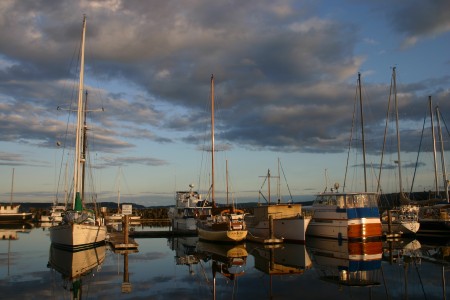
Port Townsend, WA. My husband took this photo when we were in the Seattle area a couple years ago for a sailing trip. Photographs are great research tools. Click to enlarge and see just how spectacular this photo really is. Copyright 2008, Dwight Pattison.
Facts. Oh, dear. There are so many facts that I need to know about the Seattle area. Volcanoes, Puget Sound, school system, boats and on and on. I can absorb lots of that just by visiting the area, but fortunately, I do have long-time residents who can vet the story for me after the first draft. I need to know enough to get the STORY right, and then details can be tweaked.
Logistics. Of course, this is another category of facts, but slightly different than what I meant earlier. For this, I need to know transportation details. How long does it take to go–walk, bike, drive a car, swim, take a ferry–from point A to point B. This is crucial to developing a reasonable time line. Part of this is understanding maps, of course, but mostly it’s about physically moving a person around the landscape.
Culture. Now, here’s a fuzzy one. What cultural elements will impact the story I am planning. Attitudes, beliefs, institutions, dialect/slang unique to the area, how people here DO something–so many subtle and not-so-subtle things need to be taken in (and again, vetted by long-time residents after the first draft).
Whether you create your setting from historical details, contemporary details or create a a fantasy world, this is a crucial step in creating a believable story.





















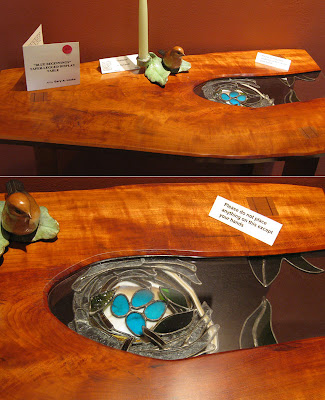
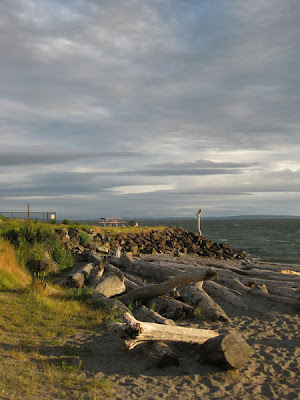
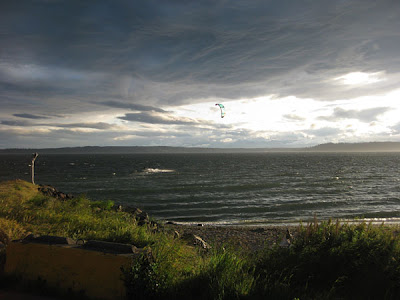
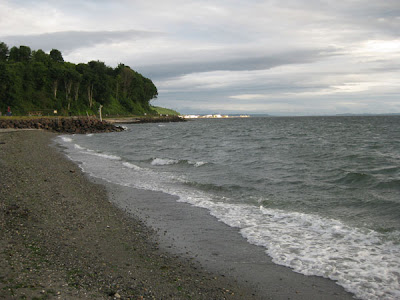
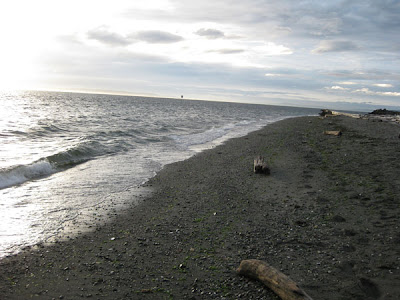
Wonderful pictures!
Thanks Margaret. They were inspired environs. :-)